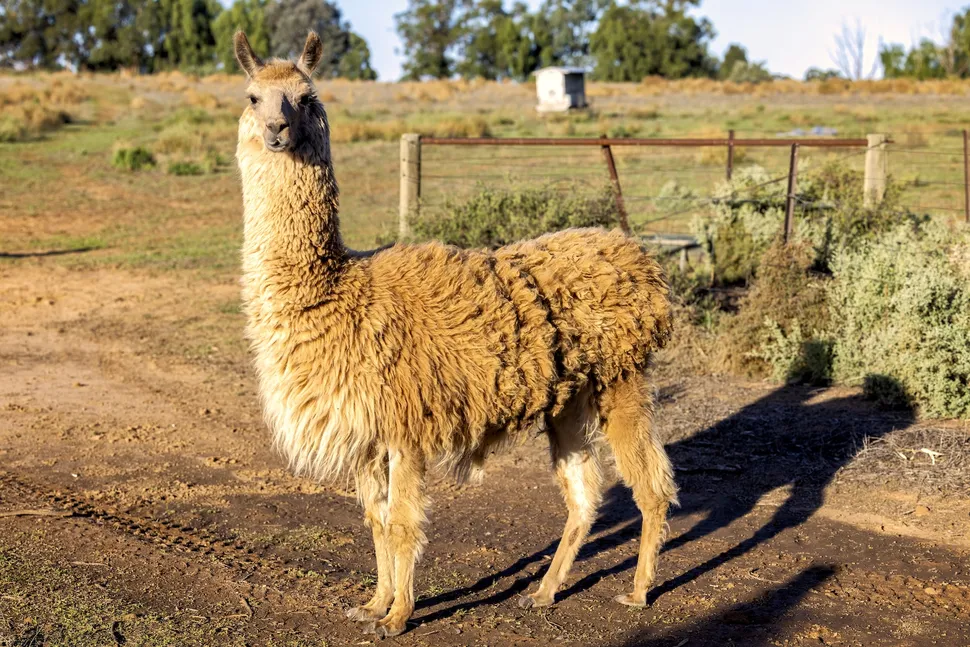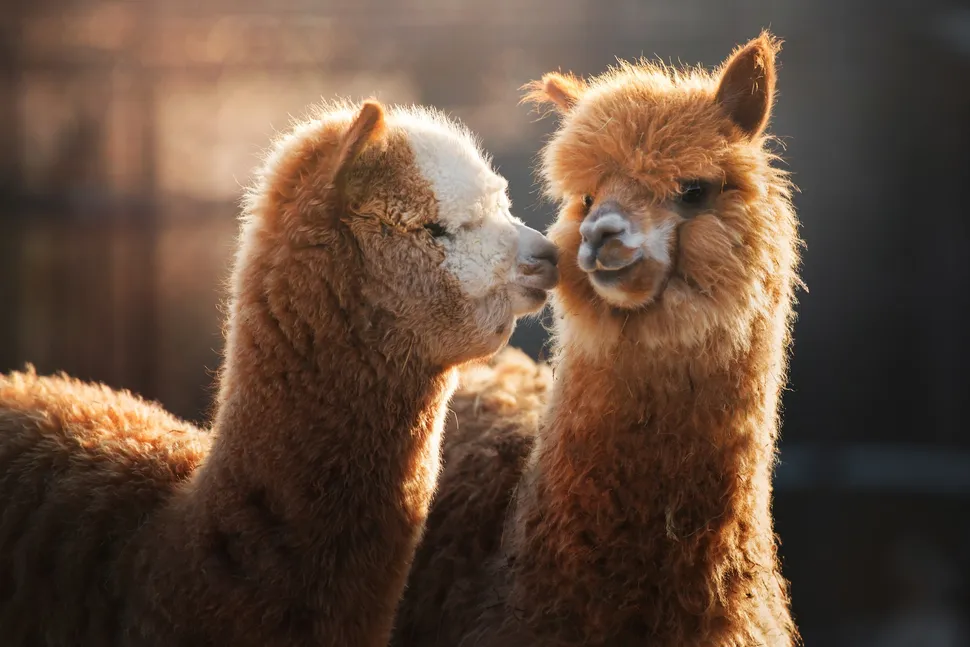They may look similar at first glance — long necks, thick coats, and an unmistakably quirky profile — but llamas and alpacas are distinct animals with separate histories, traits, and uses. Understanding their differences starts with their shared evolutionary past.

Shared Ancestry in the Camelid Family
Both llamas (Lama glama) and alpacas (Vicugna pacos, sometimes listed as Lama pacos) belong to the camelid family, which also includes camels, vicuñas, and guanacos. Fossil evidence shows that camelids originated in North America about 40 million years ago.
During the last ice age, groups of camelids migrated south into South America and west into Asia across the Bering Land Bridge. Those that moved to Asia became today’s camels; those that settled in the Andes gave rise to four South American species: llamas, alpacas, vicuñas, and guanacos.
Genetic studies suggest that humans domesticated guanacos into llamas and vicuñas into alpacas around 6,000 to 7,000 years ago, though debate continues over the exact timeline. Both species became central to Andean civilizations: llamas as pack animals and alpacas as a source of fine fiber.

Key Physical Differences
The most reliable way to tell llamas and alpacas apart is by their size and features:
- Body size: Llamas weigh 280–450 pounds (130–200 kg) and stand around 115 cm (45 inches) at the shoulder. Alpacas are much smaller, at 100–175 pounds (45–80 kg) and 90 cm (36 inches) tall.
- Face and ears: Llamas have long faces and banana-shaped ears, while alpacas have short, blunt faces and pear-shaped ears.
- Fleece texture: Alpacas produce soft, silky fiber used in high-end textiles. Llamas have coarser, more wiry coats, suited for ropes, rugs, or outerwear.
Roles in Human Society
Because of their size and strength, llamas were traditionally used to carry loads across the Andes, sometimes transporting up to a quarter of their body weight. Historical records also show that their manure was used as fertilizer in agriculture.
Alpacas, on the other hand, were bred primarily for fiber. Their fleece is lighter, warmer, and more insulating than sheep’s wool, and it remains a vital part of the Peruvian and Bolivian textile industries.

Behavior and Temperament
Behavioral differences also reflect their roles:
- Llamas are more protective and assertive, often used as guard animals for flocks of sheep or alpacas. When threatened, they are likely to confront predators.
- Alpacas are timid and cautious, tending to retreat from danger rather than engage.
Both species are intelligent and can be trained, but their temperaments make them suited to very different tasks.
Why They’re Confused
At a distance, their similarities make it easy to mistake one for the other. Both are herd animals, both spit when agitated, and both share the same high-altitude grazing habitats. But their divergent domestication paths — one built for carrying, the other for clothing — explain the differences seen today.
Llamas and alpacas share an evolutionary history, yet their domestication shaped them into two distinct species. Llamas grew larger and stronger to serve as pack animals, while alpacas developed finer coats that remain prized in the textile world.
So, the next time you spot a long-necked Andean camelid, check its size, ears, and coat — the clues are all there.







